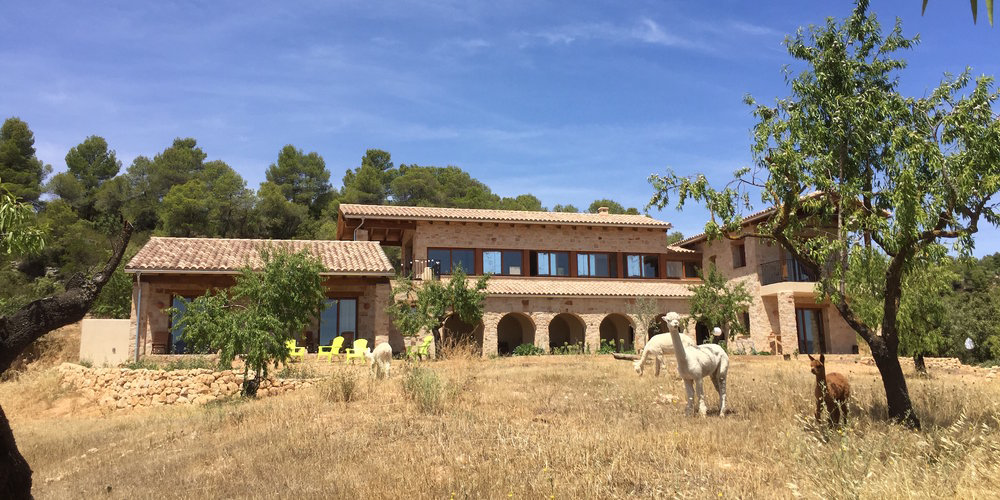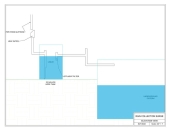





Sandrine Ferwerda-Coosemans
www.sunnysimpleliving.com
 3
3








Sandrine Ferwerda-Coosemans
www.sunnysimpleliving.com
 3
3








Medicinal herbs, kitchen herbs, perennial edibles and berries: https://mountainherbs.net/ grown in the Blue Mountains, Australia
 1
1




Jedd Rashbrooke wrote:
You say that you have lots of water twice a year - do you mean a couple of single events, or over a period of several weeks?
I ask because placement is important, especially if you want to run irrigation from the tank using gravity. Solar-pumps obviously don't work while it's raining, but if you've got battery capacity to move water uphill, I'd recommend putting whatever tanks you've got as high up your property as possible, particularly if you end up with a single large concrete tank. It just opens up your options later.
My opinions are barely worth the paper they are written on here, but hopefully they can spark some new ideas, or at least a different train of thought




Peter VanDerWal wrote:
With your idea, if the pumps fail during rainfall then you won't collect any water, and you can't use water you don't have.




Jedd Rashbrooke wrote:You say that you have lots of water twice a year - do you mean a couple of single events, or over a period of several weeks?

 We built something around it (just a stone wall), we'd probably have to do that with the other one(s) as well.
We built something around it (just a stone wall), we'd probably have to do that with the other one(s) as well.
Sandrine Ferwerda-Coosemans
www.sunnysimpleliving.com
 1
1




A human being should be able to change a diaper, plan an invasion, butcher a hog, conn a ship, design a building, write a sonnet, balance accounts, build a wall, set a bone, comfort the dying, take orders, give orders, cooperate, act alone, solve equations, analyze a new problem, pitch manure, program a computer, cook a tasty meal, fight efficiently, die gallantly. Specialization is for insects.
-Robert A. Heinlein





Sandrine Ferwerda-Coosemans
www.sunnysimpleliving.com




 1
1




John Daley Bendigo, Australia The Enemy of progress is the hope of a perfect plan
Benefits of rainfall collection https://permies.com/t/88043/benefits-rainfall-collection
GOOD DEBT/ BAD DEBT https://permies.com/t/179218/mortgages-good-debt-bad-debt









|
All of the following truths are shameless lies. But what about this tiny ad:
The new permaculture playing cards kickstarter is now live!
https://www.kickstarter.com/projects/paulwheaton/garden-cards
|




